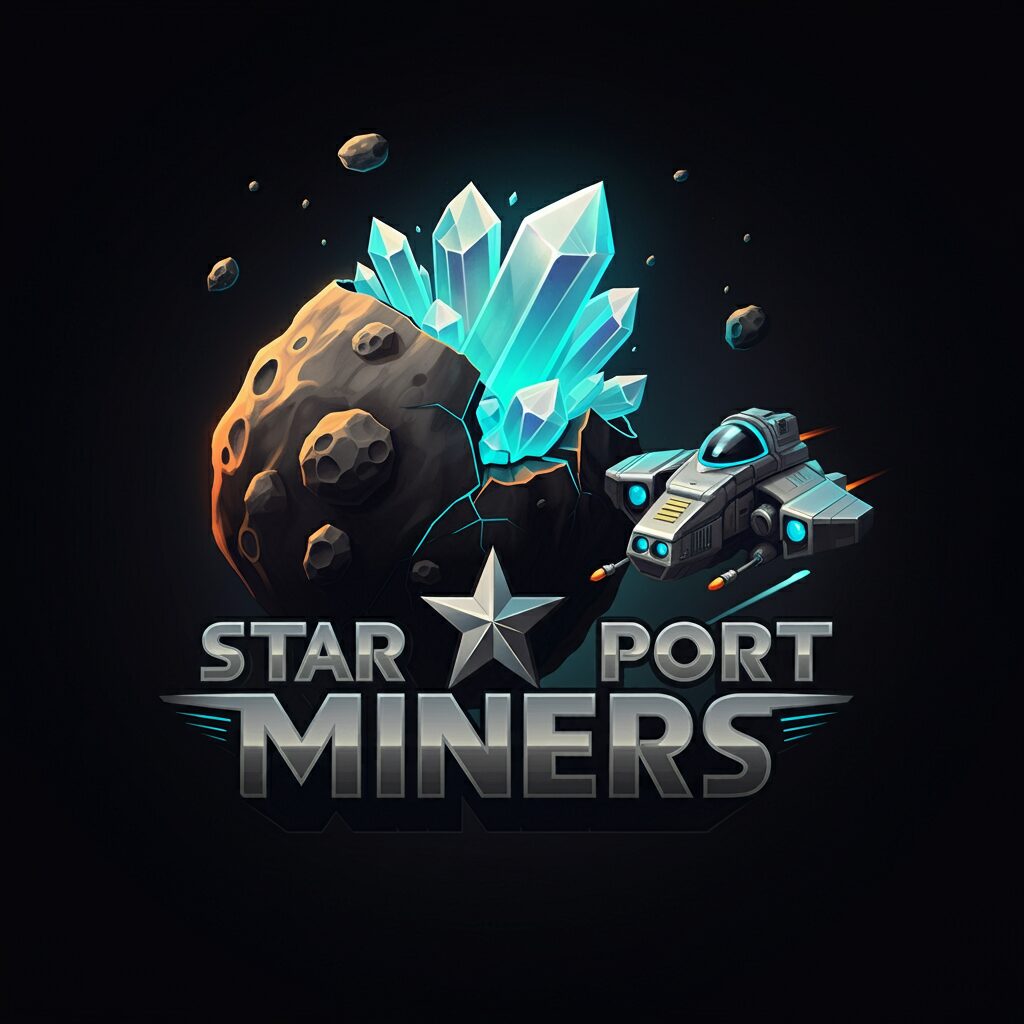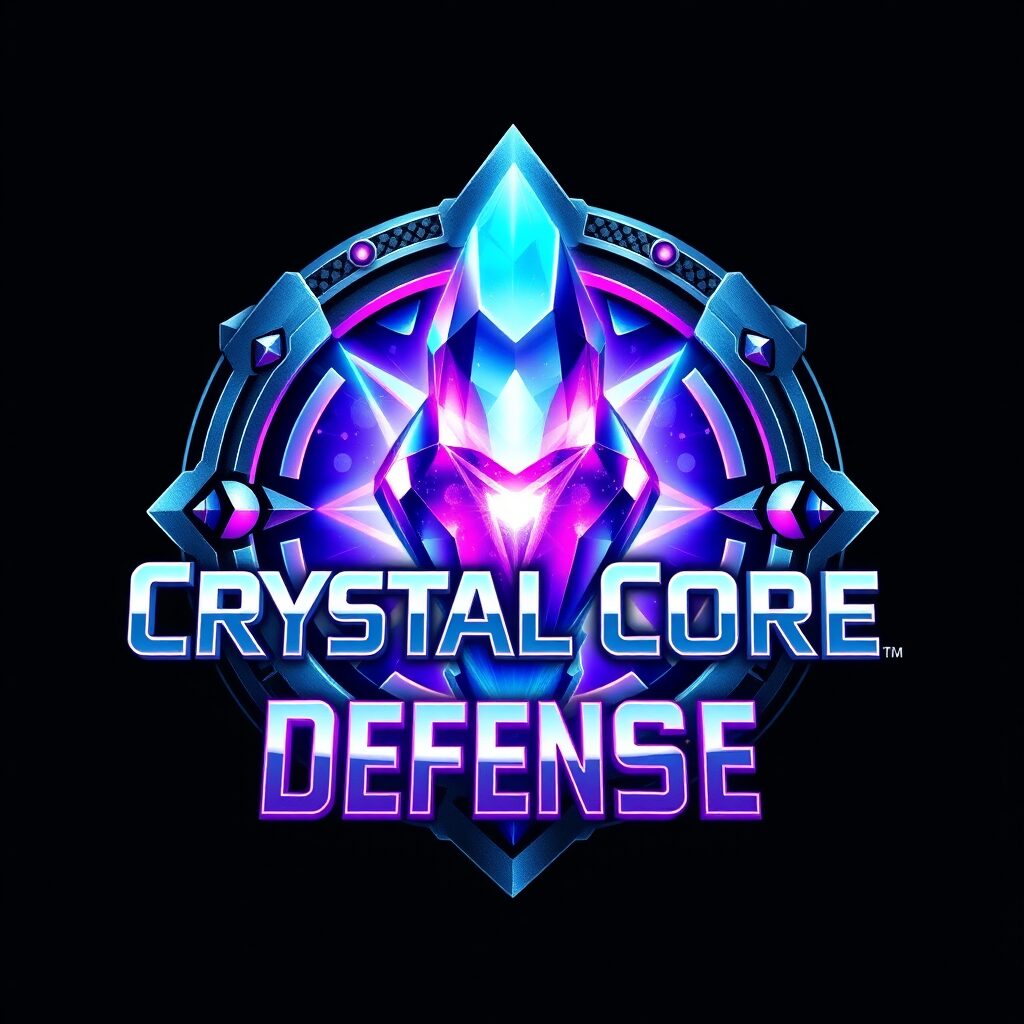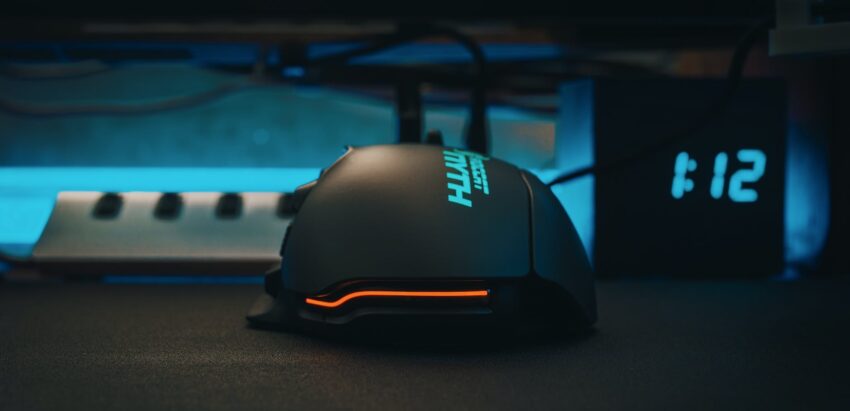How to Reduce Time in Game Development
How to Reduce Time in Game Development requires dedicated efforts from a team of game developers. However, the gaming industry is infamous for its demanding workload and notorious “crunch culture,” where game developers often work long hours and overtime to meet tight deadlines. This kind of pressure can lead to burnout and negatively impact the overall quality of the game. In this article, we will explore the best practices to reduce time in game development while ensuring top-notch graphics, efficient APIs, and an improved workflow. We will discuss how to manage your workload, optimize graphics, and utilize APIs effectively, all while avoiding the pitfalls of crunch culture.

Reducing Workload and Crunch Time
1. Implement Better Planning
One of the common causes of excessive workload and crunch time in game development is poor planning. To tackle this issue, game developers should establish clear milestones and adhere to a well-structured project management framework. Properly planned milestones and project management help in distributing the workload evenly and efficiently.
2. Optimize Game Development Workflow
A streamlined development process can significantly reduce the workload. This includes defining roles and responsibilities within the development team, ensuring effective communication, and setting realistic expectations. By optimizing your workflow, you can ensure a smooth progression throughout the development process.
3. Avoid Crunching and the Crunch Culture
Crunch time is detrimental to the well-being of game workers and can lead to burnout. To mitigate this, it’s crucial for game developers to prioritize work-life balance and avoid excessive overtime. By adhering to a reasonable schedule and better work planning, you can minimize crunch time and maintain a healthy work environment.
Improving Graphics and API Efficiency
4. Graphics Optimization
Graphics are a crucial element of any video game, but they can be a significant bottleneck in development. To maintain an ideal frame rate (fps) and ensure smooth gameplay, it’s essential to optimize graphics. Pay close attention to the use of pixels, especially on mobile devices, and utilize vsync for better visual outcomes. Also, consider implementing efficient graphics processing units (GPUs) and balancing CPU core activity.
5. Utilizing APIs Effectively
APIs (Application Programming Interfaces) are essential for game development, as they enable interaction between different components of the game. Optimizing API usage can significantly improve the development process. This includes minimizing CPU activity, enhancing cache management, and ensuring efficient GPU utilization. By utilizing APIs effectively, you can achieve better game speed and graphics performance.
Audio and Java in Game Development
6. Enhancing Audio Quality like a Rockstar
Audio is another critical aspect of game development. High-quality audio enhances the overall gaming experience. By utilizing advanced audio solutions and focusing on sound optimization, game developers can create a more immersive atmosphere.
7. The Role of Java in Game Development
Java is a versatile programming language commonly used in game development. Leveraging the power of Java can lead to great work outcomes. By using Java effectively, game developers can improve game performance, optimize memory usage, and reduce long loading times.
Balancing Game Development Elements
8. Finding the Right Balance to reduce Burnout
A successful game is the result of balancing various elements such as graphics, audio, gameplay, and efficient API usage. It’s essential to consider the amount of work each component requires and allocate resources accordingly. Achieving this balance is critical for achieving critical success in the gaming industry.
Are there any tools or frameworks that can help speed up game development?
Yes, there are several tools and frameworks available that can help speed up game development. Some popular options include Unity, Unreal Engine, and GameMaker Studio. These platforms provide pre-built systems and assets, making it easier and faster to create games without having to start from scratch.
What takes the most time in game dev?
In game development, several aspects can consume a significant amount of time. One aspect that often takes the most time is creating and refining game assets such as graphics, animations, and sound effects. Developing visually appealing and immersive environments requires attention to detail and iteration. Additionally, programming and coding can be time-consuming as developers need to ensure that the game mechanics and functionalities are implemented correctly.
Why is game development time consuming?
Game development is a time-consuming process due to various factors. Firstly, creating high-quality and visually appealing game assets requires significant effort and attention to detail. This includes designing and animating characters, creating immersive environments, and developing intricate sound effects. Iteration is also crucial in refining these assets to meet the desired level of quality.
How long does it take to dev a game?
The time it takes to develop a game can vary greatly depending on several factors, such as the complexity of the game, the size of the development team, and the level of experience of the developers.
What game took 20 years to make?
One notable example of a game that took an exceptionally long time to make is “Duke Nukem Forever.” This highly anticipated first-person shooter was in development for a staggering 20 years before its release in 2011. The game faced numerous delays and setbacks, resulting in a lengthy and tumultuous development process.
What game took 15 years to make?
One game that stands out for its incredibly long development time of 15 years is “The Last Guardian.” This highly anticipated action-adventure game was first announced in 2009 and went through multiple delays and setbacks before finally being released in 2016. The extensive development period was attributed to the ambitious vision of the game, technical challenges, and a commitment to delivering a truly unique and immersive experience.
How long do AAA games take to make?
AAA games, which are typically high-budget and developed by large teams, can take several years to make. On average, the development time for AAA games ranges from 2 to 5 years, although some projects may exceed this timeline depending on their scope and complexity.
What are the 7 stages of game development?
The 7 stages of game development can be broadly categorized as follows:
1. Concept
2. Design
3. Development
4. Production
5. Testing
6. Launch
7. Post-launch support and updates
The CPU Conclusion
Reducing time in game development while maintaining top-notch graphics, efficient APIs, and a healthy workload is achievable with careful planning, optimized workflow, and a focus on best practices. By avoiding crunch culture and burnout, game developers can create better games that captivate players and stand as milestones in the industry. Keep in mind that game development is a collaborative effort, and when everyone’s well-being is a priority, the outcomes are not just better games but also a thriving and sustainable game industry.
Follow on Instagram.




